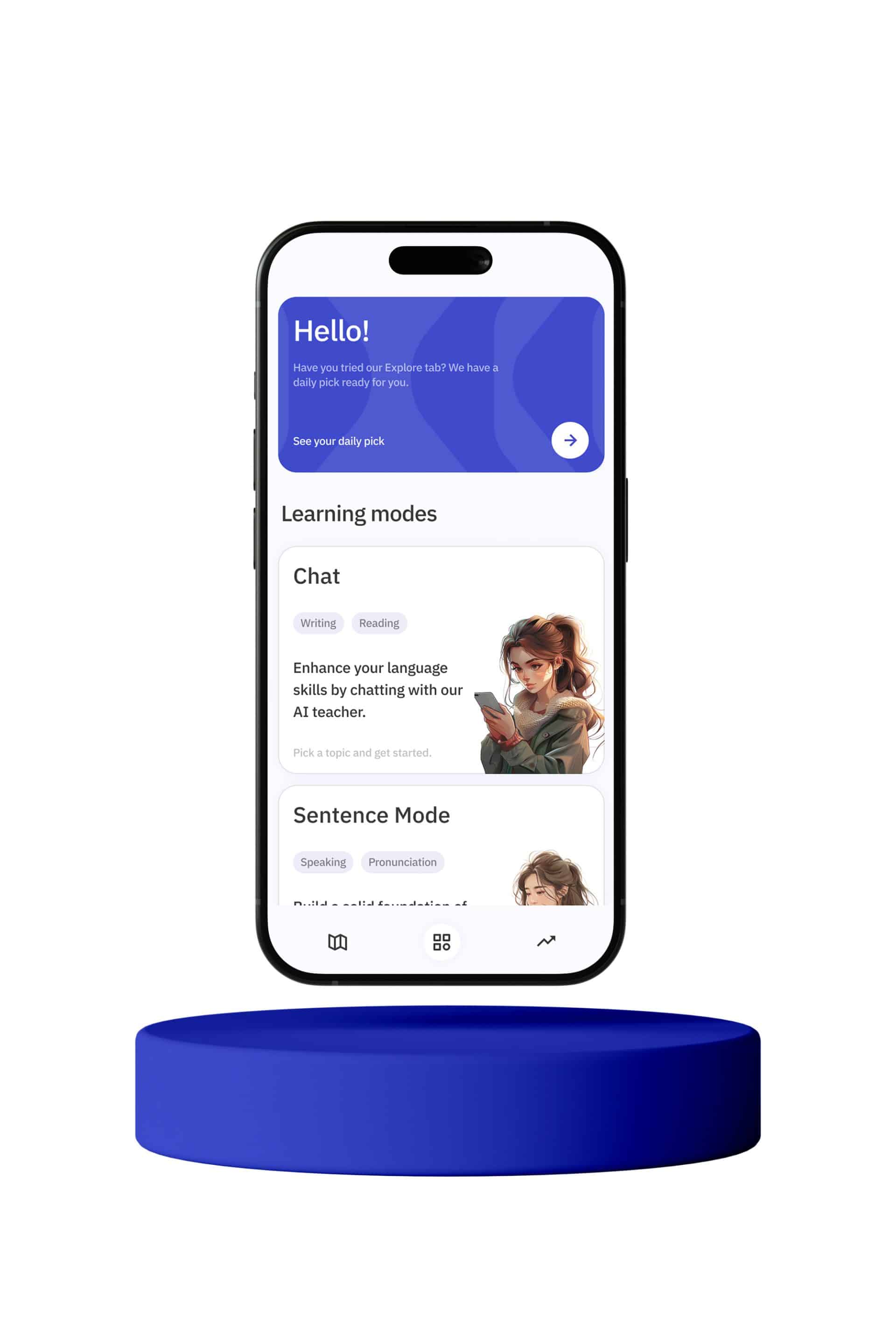In the journey of learning Chinese, one often encounters words that seem similar but carry different meanings based on context and usage. Two such words are 读 (Dú) and 看 (Kàn). While both can be related to the act of engaging with written or visual content, they are used in distinct ways. Understanding these differences is crucial for mastering the language.
读 (Dú) is primarily used to mean “to read.” It is often employed when referring to the act of reading books, articles, or any form of written text. For example:
– 我每天都喜欢读书。 (I like to read books every day.)
– 他正在读那篇文章。 (He is reading that article.)
In addition to reading, 读 (Dú) can also be used in academic contexts to mean “to study” or “to attend school.” For instance:
– 她在北京大学读书。 (She is studying at Peking University.)
– 我们一起读高中。 (We attended high school together.)
Conversely, 看 (Kàn) means “to look” or “to see.” It is a versatile word used in a variety of contexts. For example:
– 请看这里。 (Please look here.)
– 我看到了那只猫。 (I saw that cat.)
However, 看 (Kàn) can also mean “to read” when referring to casual reading or browsing. For example:
– 我在看报纸。 (I am reading the newspaper.)
– 你在看什么书? (What book are you reading?)
To further illustrate the differences and nuances, let’s delve into more detailed scenarios and examples.
When discussing academic reading or formal study, 读 (Dú) is more appropriate. For instance, if you are reading a textbook or a scholarly article, you would use 读:
– 他在读一本医学书。 (He is reading a medical book.)
– 她每天读很多书。 (She reads many books every day.)
On the other hand, when referring to more casual or everyday activities that involve visual engagement, 看 (Kàn) is the word of choice. For example:
– 我喜欢晚上看电视。 (I like to watch TV in the evening.)
– 他们正在看电影。 (They are watching a movie.)
In the context of reading for leisure or browsing through content, 看 (Kàn) is also appropriate. For instance:
– 她在看一本小说。 (She is reading a novel.)
– 他喜欢在网上看新闻。 (He likes to read news online.)
It is important to note that while 看 (Kàn) can mean “to read,” it implies a more general or casual engagement with the material. For example:
– 我在看那本书。 (I am reading that book.) – This could imply skimming or browsing.
– 我在读那本书。 (I am reading that book.) – This implies a more focused or thorough reading.
Moreover, 看 (Kàn) is used in idiomatic expressions and everyday speech to mean “to look after” or “to visit.” For example:
– 请你帮我看一下孩子。 (Please help me look after the child.)
– 我们一起去看医生吧。 (Let’s go see the doctor together.)
Understanding the subtle distinctions between 读 (Dú) and 看 (Kàn) can greatly enhance your comprehension and communication skills in Chinese. Here are some tips to help you use these words correctly:
1. **Context Matters**: Always consider the context in which you are using the word. For formal or academic reading, use 读. For casual reading, browsing, or visual activities, use 看.
2. **Set Phrases and Idioms**: Familiarize yourself with common phrases and idioms that use 看. For example, 看病 (to see a doctor) or 看书 (to read a book).
3. **Practice and Exposure**: Engage with native Chinese content, such as books, articles, and videos, to see how these words are used in real-life scenarios. This will help you internalize their correct usage.
4. **Ask for Feedback**: When in doubt, don’t hesitate to ask native speakers or language instructors for clarification. They can provide insights and examples to help you understand the nuances.
5. **Use Visual Aids**: Create flashcards or charts that highlight the different contexts and examples of 读 and 看. This can serve as a quick reference guide.
To summarize, while 读 (Dú) and 看 (Kàn) may seem similar at first glance, they serve different purposes in the Chinese language. 读 is primarily associated with reading and studying, whereas 看 encompasses looking, seeing, and casual reading. By understanding these distinctions and practicing their usage, you will become more proficient and confident in your Chinese language skills. Happy learning!








